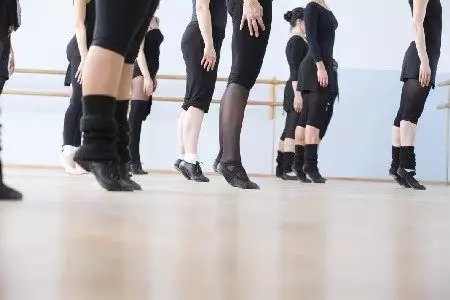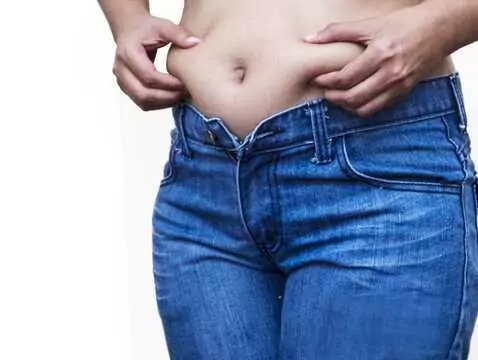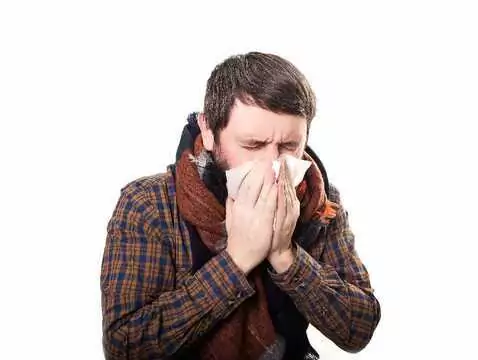The World Health Organisation (WHO) recognises physical activity as an essential and fundamental condition for preventive health care.
DMT can also be used in the rehabilitation of disabled people with motor impairments and cerebral palsy. Being able to dance in wheelchairs helps to restore disabled people's self-confidence and to eliminate shyness towards people. Dancing is a good means of gerontological prevention. It has a positive effect on the wellbeing of seniors, helps them to get away from everyday life and encourages them to be active in life.
Dance movement engages all the muscles of the human body and goes far beyond the realm of physical activity. Movement reflects an individual's way of thinking and experiencing emotions. Among the dance techniques used in therapy sessions are improvisation, authentic movement, visualisation in movement, body mind centering and circle dancing.

photo ojoimages
You do not need to have any experience to benefit from dance psychotherapy, as there is no learning of dance sequences during therapy. What is important is to listen to your own body and let it move freely. The effects after DMT are scientifically proven. In women with breast cancer, the following have been observed after dance therapy: improved mood, improved quality of life and adaptation to a new life situation. In people with eating disorders, the attitude towards their own body and its acceptance improved, and the patients' confidence in themselves and others increased.
DMT can also benefit healthy people, for whom dance will help them to develop and express themselves, their emotions and feelings more fully.









